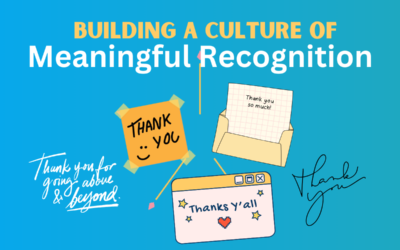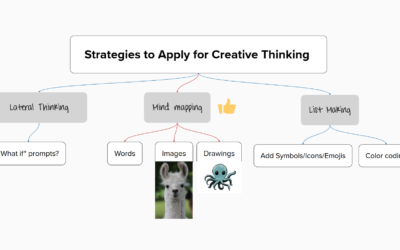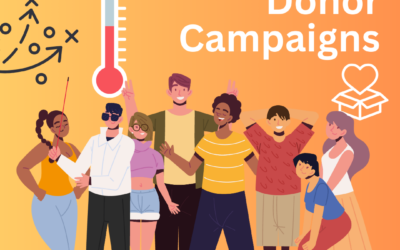
Ethics – the word evokes images of a stuffy college lecture hall where questions of philosophy and opinion are battled out in debate. It is the never-ending battle of good vs. bad with a grey area in between. In the nonprofit sector, our work is rooted in doing good. But what happens when our choices challenge our understanding of “good”? How do we navigate the gray areas where values, funding, and impact intersect? These are not just philosophical questions—they’re practical ones. And they’re increasingly urgent.
In a recent episode of the NEXT in Nonprofits Podcast, my colleague Steve Boland sat down with Jim Scheible, a retired Hamline University professor, to discuss what ethics really means for nonprofits in 2025 and beyond. Jim brought both wisdom and warmth to the conversation, making a strong case for why ethics isn’t just an abstract concept but a daily practice.
Jim had me personally reflect on my time as a Girl Scout, reciting the promise to follow the Girl Scout law, which formed a deep foundation for my understanding of right and wrong. The promise to “be honest and fair, friendly and helpful, considerate and caring…” continues to shape how I think about my responsibilities—personally and professionally.
And that’s where so many nonprofits today find themselves: at the intersection of personal values, organizational mission, and complex external pressures.
Values: Your Organization’s Third Pillar
More and more, nonprofits are identifying values as a third essential pillar, alongside mission and vision. These values act as a compass, shaping decision-making, internal culture, and relationships with community members, funders, and partners. However, having values written in your employee handbook or publicly displayed on your website falls flat if they are not practiced. Your values are your compass for decision making, team collaboration, operational guidance, and securing stakeholder confidence.
➡ If you don’t have documented values, use this resource to help develop them!
With Compass and Flashlight in hand.
Ethical dilemmas don’t often glow in the dark. Seeing through their misty greyness requires you to use your tools (compass and flashlight). Jim suggested a few:
- The Latimer Test: Would a respected local leader like George Latimer give you a thumbs up or raise an eyebrow?
- The 60-Minute Test: Could you defend your choice on a national news program for an hour without breaking a sweat?
- The Mirror Test: Can you look yourself in the eye tomorrow morning and feel good about this?
- The Boone Test (named after our canine CEO): If the decision smells off—it probably is. Use your nose and trust your intuition.
These tools aren’t foolproof, but they will help you get your bearings when you face real-world dilemmas.
Today’s Real World Dilemmas
Today, nonprofits face a few ethical dilemmas that glow in the dark.
- Should you take donations with strings attached?
- What if a long-time business partner stops aligning with your values?
- How do you balance DEI commitments when they put your funding at risk?
These aren’t easy decisions. Choices need to be made. I encourage your nonprofit to review its mission, vision, and values. Question how your choices will align with or diverge from what it stands for and who it serves. And don’t do it alone.
Gathering your Troop
Ethical decision-making shouldn’t be solely the responsibility of your executive director or board chair. It should be a shared responsibility embedded in your culture and supported with real tools and time for reflection. Board, staff, and funders have insights that can be helpful.
If your team hasn’t had “the values conversation” lately, here’s your checklist:
- Revisit your values, code of ethics, and decision-making frameworks every 3 years.
- Teach and regularly apply the Latimer, 60-Minute, Mirror, and Boone tests.
- Communicate transparently with stakeholders—even (especially!) when things get messy.
Pinning a Badge to Your Sash
Ethics isn’t about getting it right every time—it’s about moving in the right direction. It’s about making thoughtful choices, even when the way forward feels unclear, and having tools in place to help navigate difficult decisions. Think of resources like the Minnesota Council of Nonprofits as your field guide, and each conversation or reflection as a step closer to living your mission with integrity.
When was the last time you revisited your organization’s values? We’d love to help you put ethics at the center of your strategy.
And when in doubt… sniff it out. 🐶👃
Want to chat? Email us at info@nextinnonprofits.com!



